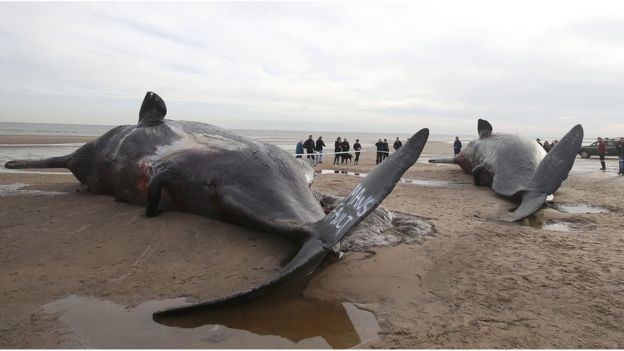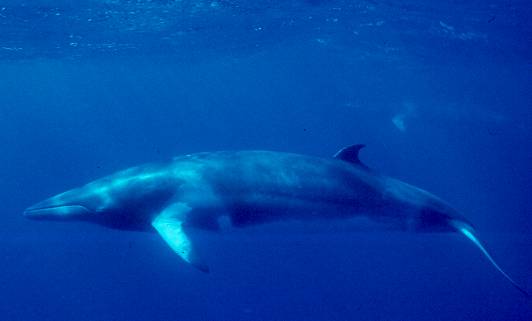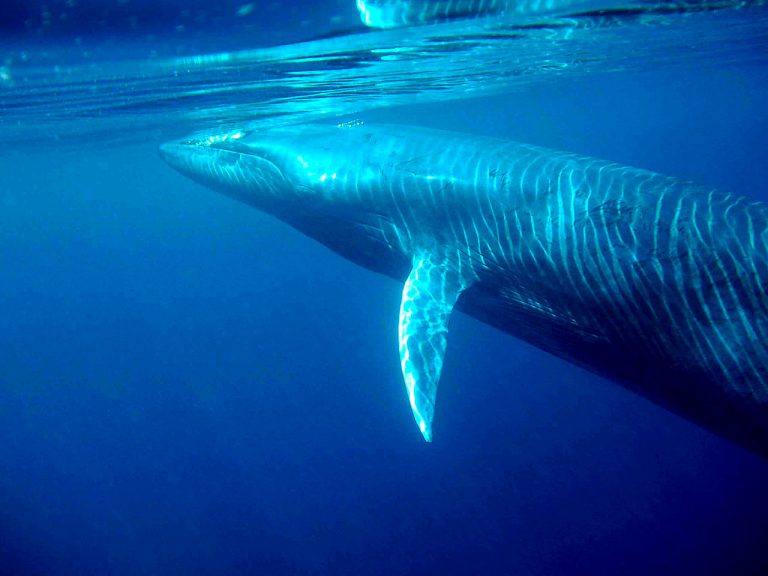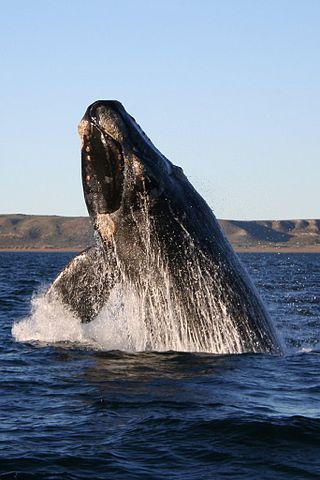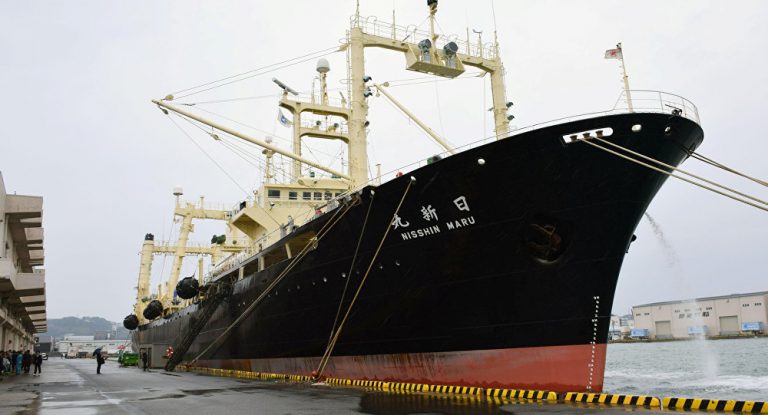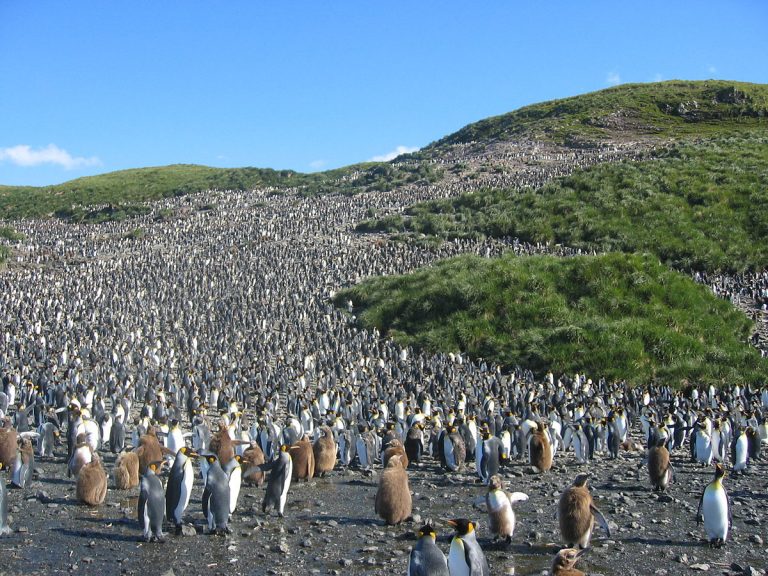Whales And The Dangers Of Marine Plastic
Marine Plastic has long been a menace to all sea life: and the situation is getting worse.
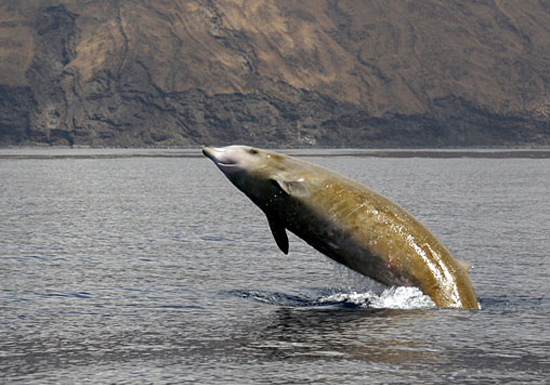
In another confirmation of the dangers of marine trash, scientists were shocked to discover a beached Cuvier’s Beaked Whale with more than four kg (9 lbs.) of ingested plastic bags.
The whale was found washed up on a beach on the Isle of Skye, Scotland.
Researchers went into the water to perform an on-the-spot autopsy only to find huge amounts of plastic coiled and tangled up in its stomach and intestines.
The plastic irritated its stomach and intestines and likely led to its death
What Are The Real Implications Of This Discovery?
We probably already know that there’s a lot of plastic in our seas an oceans. But to truly appreciate the implications and dangers of this find, let’s consider a few points:
-
A Bit about the Cuvier’s Beaked Whale.
The Cuvier’s beaked whale is the most widely distributed of all the beaked whales with an estimated population of about 100,000. Also, this whale dives deeper than any other whale on Earth: they typically go down to depths of up to 3,000 meters (10,000 feet).
The only other whale that comes close in diving depth is the sperm whale.
Note that these whales feed about a mile or more from shore and a mile deep. In essence, plastic dumped on the beaches and shores is getting so far out that deep sea creatures are no longer safe.
-
This Is Not The First Time It’s Happened.
In a more recent and very pathetic case, another Cuvier’s whale was found off the coast of Bergen, Norway in February 2017. The whale in question was observed struggling and in obvious distress off the coast.
Wardens decided to put the whale down and end its misery after they realized it couldn’t live much longer. Upon examination, authorities discovered it had also consumed large amounts of non-biodegradable waste. In fact, plastic bags alone made up a considerable volume of the dead animal’s stomach contents.
The unfortunate creature was later named “Plasthvalen” meaning the Plastic Whale in Norway.
The Norway specimen had large plastic bags in its stomach including many name brand confectionery and chocolate packs, bin liners, zip bags, and freezer bags.
Below is a video by Euronews showing some of the plastic contents from the whale found in Norway.
The Continuous Implication Of Marine Trash And Plastic In The Oceans
The saddest aspect of these two incidents is that both whales were in otherwise good condition apart from the plastic in their systems.
For long, experts have been concerned about the continuous dumping of trash in the Earth’s waters. Meanwhile, experts are saying it’s possible there’ll be more plastic than fish in the seas by 2050.
That’s no exaggeration since they estimate that there are about five trillion pieces of plastic litter floating on our oceans. Every single one of these items was carelessly discarded by a careless person to the detriment of the marine creatures around us.
Also, consider the fact that consumers use approximately 100 billion carrier bags annually in Europe alone! At least, 8 billion of those bags end up as litter.
Looking At The Even Bigger Picture Of Marine Plastic And Trash.
The Norwegian whale had very little blubber left and was emaciated for its size. Meaning, the plastic would have taken up so much space in its stomach that it couldn’t feed well.
A zoologist, Dr. Terje Lislevand, studied the whale and had this to say: “The whale’s stomach was full of plastic bags and packaging with labels in Danish and English.”
In the case of the Skye specimen, Dr. Andrew Brownlow carried out the necropsy and said this about the plastic: “For every one of these pieces it is possible that there would have been some form of human action that could have stopped it from getting into the marine environment.”
Marine creatures see this floating plastic and may assume its edible, especially those animals that hunt at night. Even when they aren’t eating it, they frequently get entangled in plastic materials too.
“Any one animal that dies from the effects of plastic debris is one too many, and we should take action to stop more plastic entering the marine environment as a matter of urgency.” –Mariel ten Doeschate, of the Scottish Marine Animal Stranding
This problem is alarming and far from over. Annually, we still dump millions of tons of plastic in the oceans.
Whether, intentionally or not is beside the point. There must be collective and individual effort by all of us to dispose of plastic responsibly.
Only then can we hope to stop or at least reduce marine plastic considerably.

